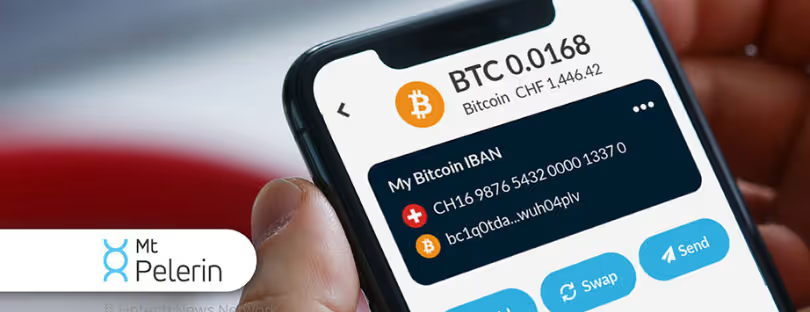
From GPT-3 to GPT-4: What You Need to Know About OpenAI’s Latest Language Model
As the field of artificial intelligence continues to advance, natural language processing (NLP) has emerged as a key area of focus. OpenAI, one of the leading AI research organizations, has developed a series of language models known as the GPT series. The latest model, GPT-3, has already made significant strides in NLP. GPT-4
However, the question on everyone’s mind is, what can we expect from GPT-4?
GPT-4: What’s Updated and What’s Better?
GPT-3 was released in June 2020 and has 175 billion parameters, making it the largest language model ever created. Despite its impressive abilities, it still struggles with tasks that require common sense, and it sometimes produces nonsensical output. GPT-4 aims to address these issues and take natural language processing to the next level.
Improved Common Sense
One of the main improvements in GPT-4 is its ability to understand and apply common sense. Common sense is the ability to make inferences based on everyday knowledge and experience. It’s something humans take for granted, but it has proven to be a challenging task for AI models. GPT-4 uses unsupervised learning to build a knowledge base of common sense. This means that it learns from data without human supervision, allowing it to absorb information from a wide range of sources.
Increased Accuracy
Another area where GPT-4 is expected to improve is in its accuracy. GPT-3 was already capable of generating highly coherent and convincing text, but there were still some issues with errors and inconsistencies. With GPT-4, OpenAI is expected to fine-tune the model further to reduce errors and improve the overall accuracy of the generated text.
Improved Efficiency
GPT-3 was already highly efficient, but GPT-4 is expected to be even faster and more efficient. This will make it possible to generate more text in less time, which will be a boon for industries that rely on NLP, such as content creation, customer service, and chatbot development.
Limitations
While GPT-4 is expected to be a significant improvement over GPT-3, there are still some limitations to consider. One of the main limitations is the amount of data required to train the model. GPT-3 already required a massive amount of data, and GPT-4 is likely to require even more. This could limit the accessibility of the model, as smaller organizations may not have the resources to train and use it.
Another limitation is the potential for bias in the generated text. AI models are only as unbiased as the data they are trained on. If the data used to train GPT-4 is biased, then the generated text could also be biased. This is a challenge that all AI models face, and it will be up to OpenAI to ensure that GPT-4 is as unbiased as possible.
API and ChatGPT Plus
OpenAI has already made GPT-3 available through an API, which allows developers to access the model’s capabilities through a simple web interface. With GPT-4, it’s likely that OpenAI will continue to offer an API to make the model accessible to a wider range of developers.
Additionally, OpenAI recently announced a new product called ChatGPT Plus, which is a chatbot builder that leverages the capabilities of GPT-3. It allows users to build highly customized chatbots that can understand and respond to natural language input. With GPT-4, it’s likely that ChatGPT Plus will become even more powerful and capable of handling even more complex interactions.
API Pricing GPT-4
gpt-4 with an 8K context window (about 13 pages of text) will cost $0.03 per 1K prompt tokens and $0.06 per 1K completion tokens.
gpt-4-32k with a 32K context window (about 52 pages of text) will cost $0.06 per 1K prompt tokens and $0.12 per 1K completion tokens.
Final Thoughts
GPT-4 represents the next step forward in natural language processing and AI in general. With improved common sense, accuracy, and efficiency, it’s poised to make a significant impact in industries that rely on NLP. However, it’s important to keep in mind that AI models are not perfect and have limitations, such as bias and data requirements. It will be up to OpenAI and the broader AI community to address these challenges and ensure that AI is used responsibly and ethically. Overall, GPT-4 is an exciting development that has the potential to transform the way we interact with machines and each other.









